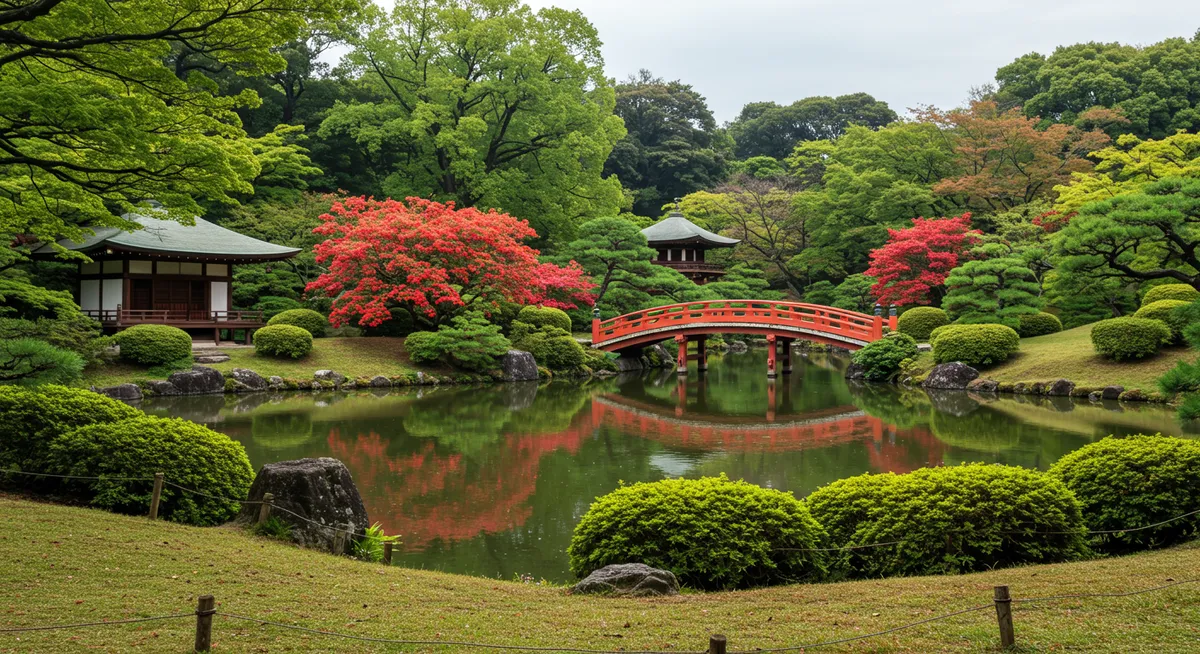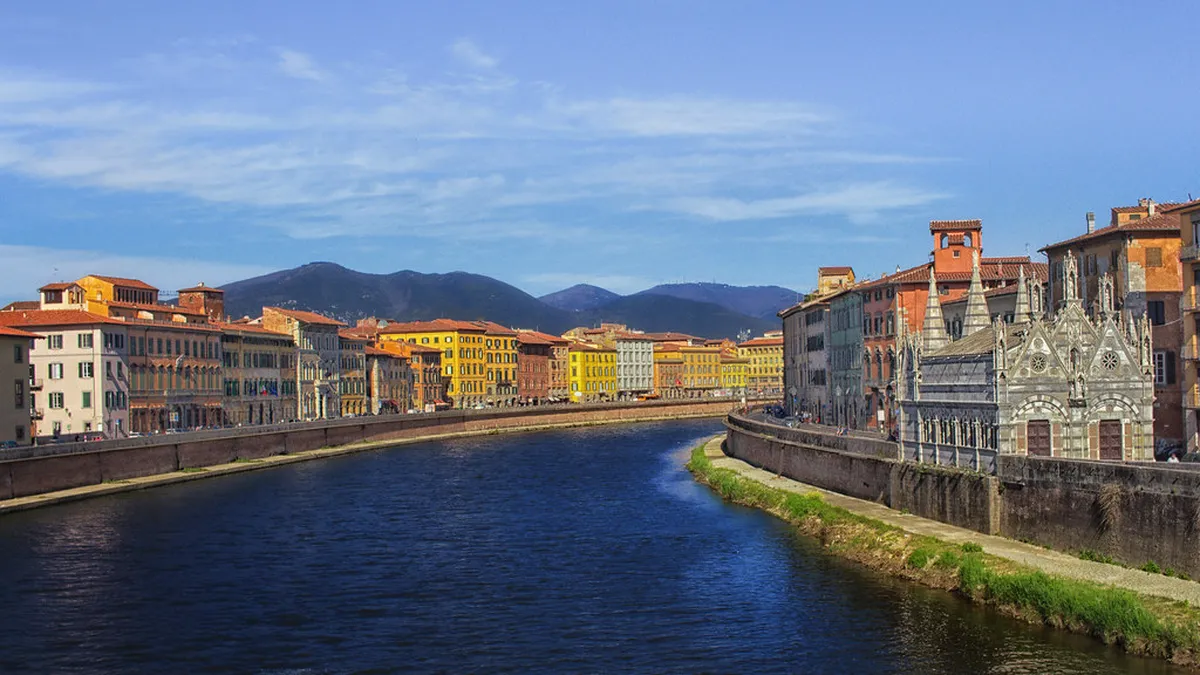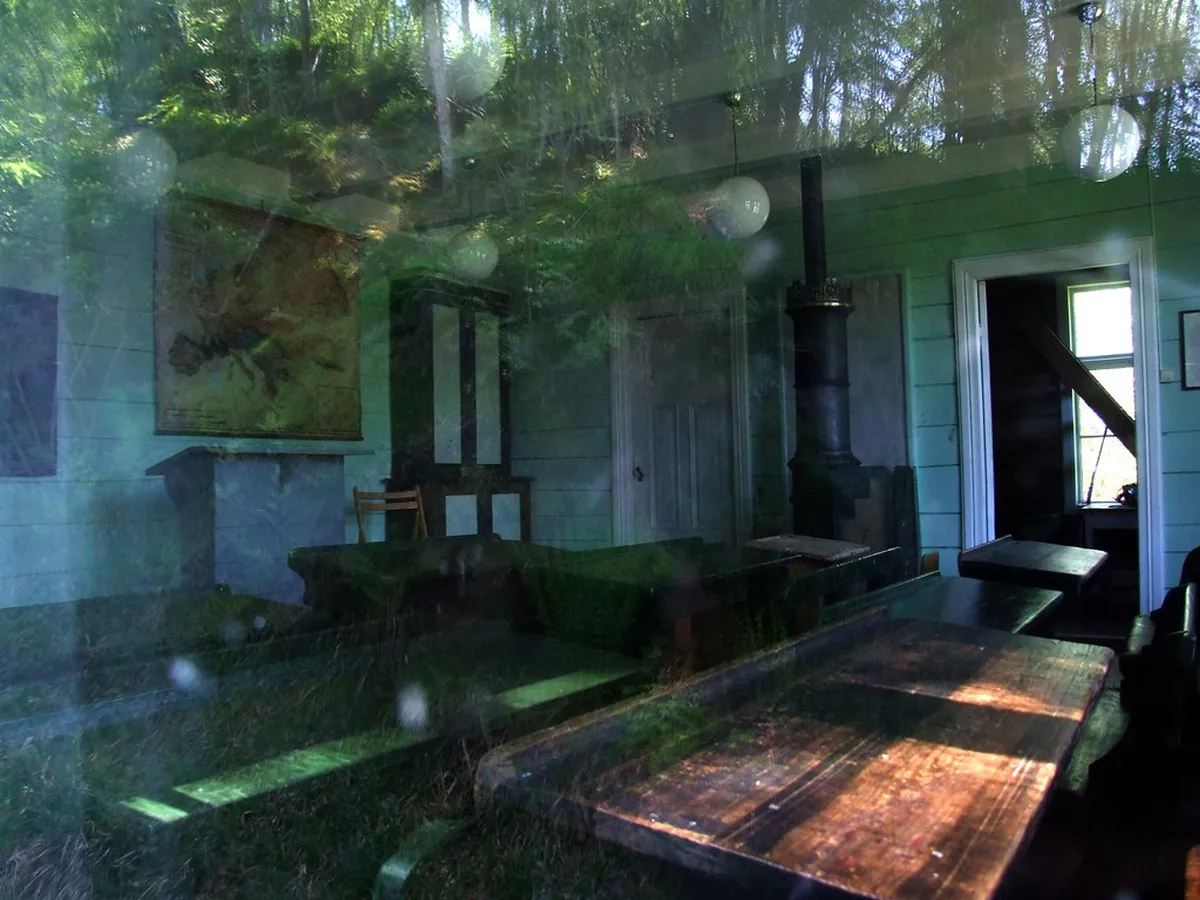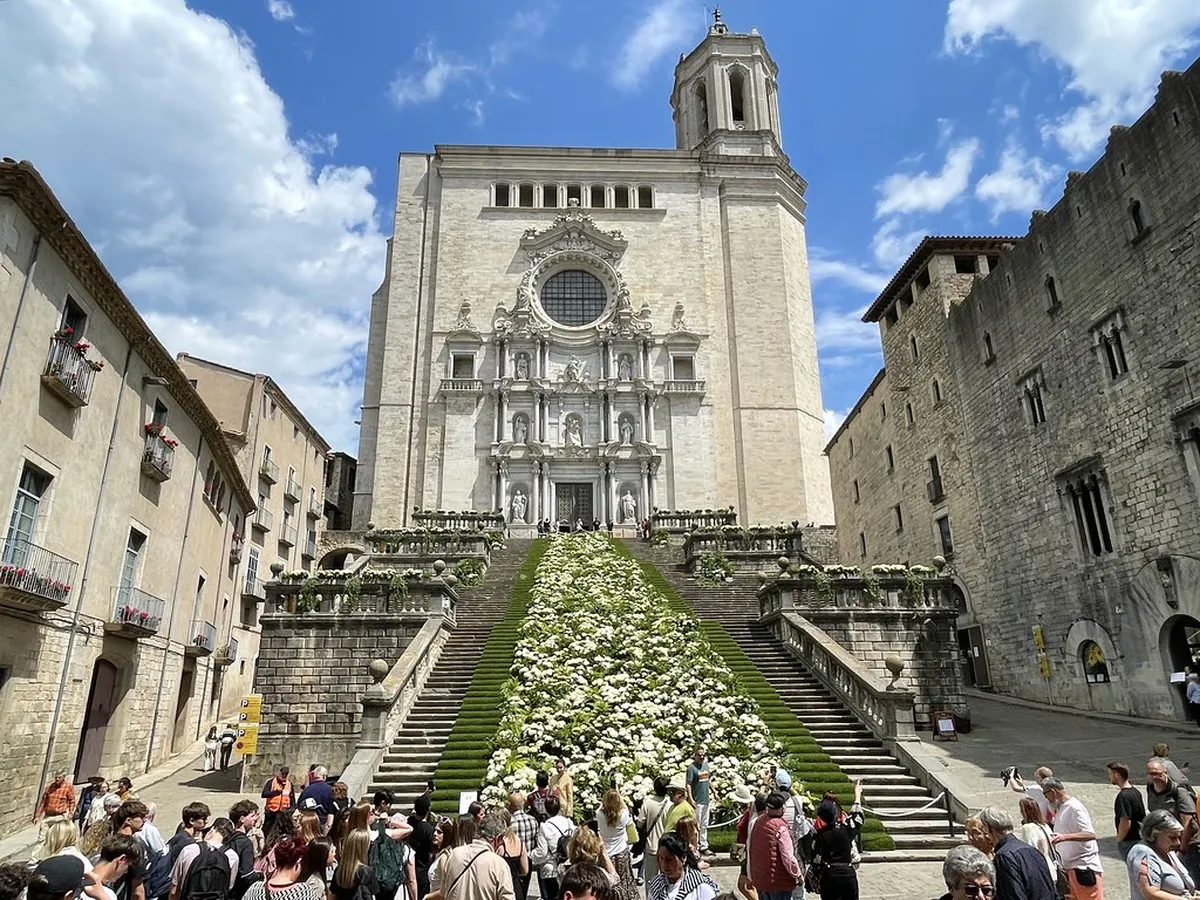Your Essential Suizenji Garden Visiting Guide
Having explored numerous Japanese gardens, I can confidently say that Suizenji Jojuen in Kumamoto stands out for its meticulous design and tranquil beauty. This Suizenji Garden visiting guide will walk you through everything you need to know for a memorable experience, from practical tips to insights on its unique features. Prepare to step into a Edo-period masterpiece. Map out your exploration with our Kumamoto itinerary. Build your perfect itinerary with our Kumamoto itinerary.
Discovering Suizenji Jojuen's Historical Charm
My first impression of Suizenji Jojuen was its incredible serenity, a true oasis amidst the city. This remarkable traditional Japanese garden, officially known as Suizenji Koen, is a miniature representation of the historic Tokaido road, complete with a tiny Mt. Fuji. Established in the 17th century by the Hosokawa clan, it offers a glimpse into Edo-period aesthetics. As part of your Kumamoto itinerary, spending a few hours here is highly recommended for its picturesque landscapes and peaceful atmosphere. Wander along the pathways, admire the serene pond, and feel transported back in time. The garden provides an authentic experience of Japanese landscape artistry. Enhance your Kumamoto experience with our Kumamoto itinerary.
Essential Access & Getting to the Garden
Reaching Suizenji Garden is surprisingly straightforward, making it an accessible highlight of your Kumamoto visit. From JR Kumamoto Station, the easiest way is to take the Kumamoto City Tram (Line A or B) directly to Suizenji Koen station, which is just a short walk away. For those integrating it into a wider city exploration, consider how to get to Kumamoto, Japan, to ensure smooth travel. Taxis are also readily available, offering a direct route, though the tram provides a more local experience. Once you arrive, you’ll find the entrance clearly marked, ready to welcome you to this historical gem.
Highlights of Your Suizenji Garden Experience
The beauty of Suizenji Garden lies in its subtle details and scenic viewpoints. Don't miss the iconic miniature Mount Fuji, which perfectly encapsulates the garden's replication of the Tokaido road. Stroll around the central pond, fed by clear spring water from Mount Aso, which supports carp and adds to the tranquil ambiance. The Kokin Denju-no-Ma teahouse offers visitors a chance to enjoy matcha while overlooking the pond, a truly authentic experience I highly recommend. You might also want to explore things to do in Kumamoto Castle area, perhaps combining both for a full day of historical sightseeing. Each turn in the garden reveals a new picturesque scene.
Practical Tips for a Memorable Visit
💡 Pro Tip: Book your Kumamoto adventures in advance through Viator for the best deals!
To fully enjoy your time at Suizenji Garden, a few practical considerations are helpful. The garden is typically open from 8:30 AM to 5:00 PM (until 6:00 PM in summer), with admission fees usually around 400 JPY for adults. Allow at least 1-2 hours to leisurely explore the grounds. My personal tip: visit early in the morning for fewer crowds and the best light for photography. While the garden itself is relatively flat, comfortable walking shoes are always a good idea. Consider this an excellent addition to an Aso Volcano day trip from Kumamoto, offering a contrasting peaceful experience after the rugged volcanic landscapes.
Frequently Asked Questions
What is the best time of year to visit Suizenji Garden?
How much time should I allocate for a visit to Suizenji Garden?
Are there any dining options near Suizenji Garden?
In conclusion, a visit to Suizenji Garden in Kumamoto is an essential experience for anyone seeking peace and historical beauty in Japan. This meticulously crafted landscape, with its miniature Mt. Fuji and serene pond, truly offers a tranquil escape. By following this Suizenji Garden visiting guide, you're well-equipped to appreciate its charm and make the most of your time. Don't miss this opportunity to immerse yourself in Edo-period artistry. Plan your visit today and discover the captivating allure of Suizenji Jojuen.



